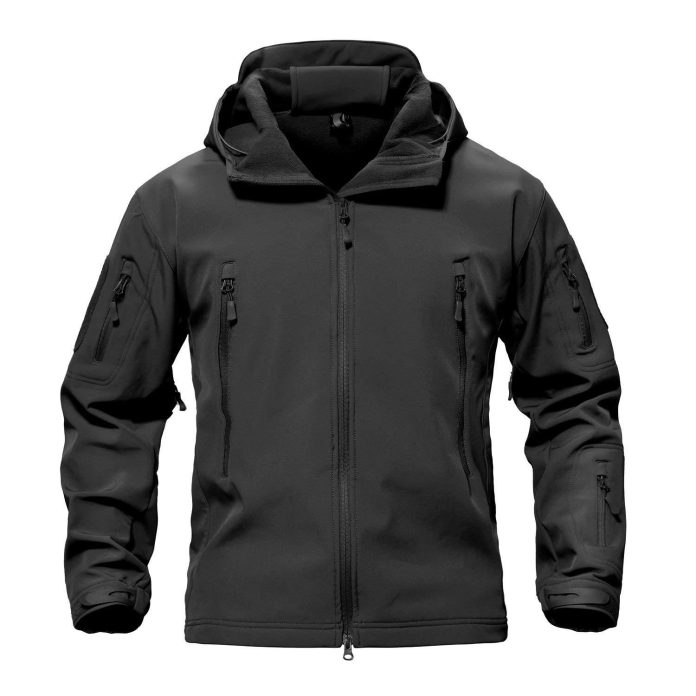Rain finds doors.
Tiny ones.
Through fabric pores, along stitches, under flaps.
We can keep jackets dry without PFAS and still pass the “30-wash” reality check.
The trick is a team: smart DWR, smart seams, and smart care.
What “PFAS-free” means (kid-simple)
Old water repellents used long chains (PFAS). They worked great, but they stick around in nature.
PFAS-free finishes use other chemistries—like CO plant-based, silicone, or wax-like polymers.
They make drop beads and roll.
They may wet out faster than PFAS if we’re lazy with design—so we won’t be lazy.
Start with the fabric + finish pair
Pick a shell that plays nice with PFAS-free DWR:
- Tight weaves or microporous membranes cut the liquid pressure.
- Ask for spray-test ratings (before/after 10, 20, 30 home washes).
- Choose face yarns that don’t fuzz easily; fuzz holds water like a towel.
Add a durable PFAS-free DWR you can re-activate with low heat (tumble low or warm iron, per spec). That heat “stands up” the finish again after washing.
Seams: the real doors
Even the best DWR fails if seams drink. Build seams that don’t wick and don’t pool.
1) Thread choice
Use anti-wick polyester in all rain lines, link trilobal polyester thread. The finish lowers surface wetting so water slides off the recycled sewing thread.
Pick the finest ticket that still passes strength—small hole, small door.
Avoid cotton in rain seams; it wicks like a straw.
2) Needle & SPI
Micro-point needles for tight wovens (NM 80–90).
Keep SPI mid-range: ~8–10 for woven shells. Too many holes = perforated tape; too few = weak seam.
3) Seam types
- Lockstitch 301 for outer joins: fewer holes than chain.
- Flat seams where possible; bulky steps trap water.
- Round corners (≥6–8 mm radius) so drops keep rolling; sharp points pool.
4) Placement
Move critical seams off the shoulder crown and off the center of the hood. Put joins on the front or back yoke where water pressure is lower.
Keep seams behind storm flaps, not exposed to direct spray.
Seal what you sew (and cool-clamp it)
Use PFAS-free seam tapes matched to the shell chemistry (PU on PU, PES on PES).
Press per spec, then cool-clamp 2–3 seconds so memory locks.
Patch-tape crossovers (little “X” zones) so needle holes don’t peek out.
Where tape can’t reach (tight toe-like corners, tiny darts), brush a water-based seam sealer lightly—thin is better. Heavy blobs peel in wash.
Features that push water away
- Gusseted tongue/zip with a drip rail stitch to steer water sideways.
- Hood brim with a subtle rain gutter seam; drops off, not down the face.
- Cuffs with clean edges; fuzz grabs water.
- Hem drawcord exit set under a tiny garage so the hole is not a fountain.
Breathability still matters
A soaked face fabric can “wet out” and feel clammy even if no liquid gets inside. Help the jacket dry back fast:
- Add spacer mesh at the upper back and underarm to move vapor.
- Keep bond lanes narrow so air paths stay open.
- Use lining yarns that don’t hold lotion/softener; residue kills beading.
Testing for “after 30 washes” (simple plan)
1. Baseline
- AATCC 22 Spray Test (or equivalent).
- Hydrostatic head on a seam panel.
- Wicking strip on a stitched coupon (dip 10 mm in dyed water, 30 min; measure climb).
2. Laundry cycles
- 10, 20, 30 home washes (no softener). Tumble low or line dry, then heat re-activate per fabric spec.
3. After each stage
- Repeat spray test.
- Inspect tape lift, seam dark halos, stitch wetting.
- Flex the jacket wet (5k bends at elbow/shoulder), then re-check.
Pass look: drops still bead; inside stays dry; seams show no halo creep; tape edges flat.
Laundry & care (print this friendly)
“Close zips. Wash cold. No softener (clogs pores). Rinse well. Tumble low 10–15 min or warm iron with cloth to re-activate water repellent. Brush off dirt before wash.”
That small heat step is the magic “reset” for PFAS-free DWR.
Troubleshooting quick table
| Symptom after 10–30 washes | Likely cause | Fast fix |
| Dark wet halo along seam | Thread wicking / big needle | Switch to anti-wick thread; one size smaller needle; mid SPI |
| Tape edge lift | Under-press / no cool-clamp | Raise dwell per spec; add 2–3 s cool-clamp; check tape–fabric match |
| Whole panel wets out fast | Finish not re-activated / residue | Add low-heat reactivation step; remove detergent build-up; avoid softener |
| Drips inside front zip | Flap too short / no drip rail | Extend storm flap; add tiny redirect stitch line |
Mini build recipe (pin by the machine)
- Thread: anti-wick polyester, finest passing ticket.
- Needle: NM 80–90 micro-point.
- Stitch: 301, 8–10 SPI; rounded corners.
- Tape: PFAS-free, chemistry-matched; cool-clamp after press.
- Pattern: seams off high spray; hood gutter; zip drip rail.
- Care: include heat re-activate note on label.
One-week pilot
- Make two jackets: A (control) and B (optimized seam + anti-wick + tape + drip rail).
- Run spray test at 0/10/20/30 washes, plus the stitched-coupon wick test.
- Field walk in steady sprinkle 30 minutes each stage.
- Log inside wet spots and dry-back time.
- Lock the B spec if it stays clean at 30 washes.
Planet note
PFAS-free + good seams means less chemistry and more design.
When seams don’t wick, you don’t have to over-treat the whole jacket.
Longer water performance = fewer returns and longer life.
That’s real sustainability, not just a label.
Wrap
Dry after day one is easy.
Dry after 30 washes is craft.
Choose a PFAS-free DWR you can wake up with heat, build seams that don’t drink, place tapes right, and teach users the quick reset.
Do that, and your jacket shrugs off rain with a clean conscience—season after season.






